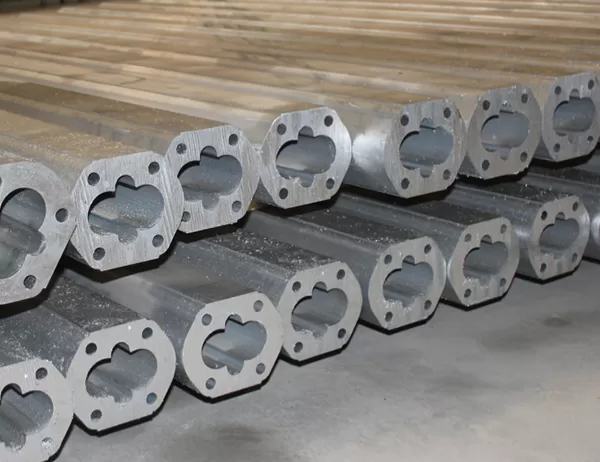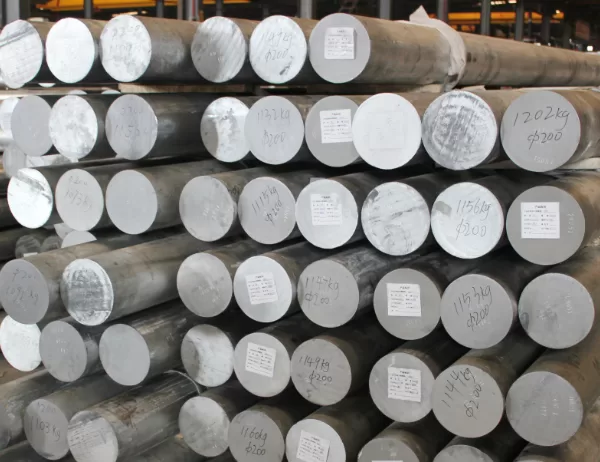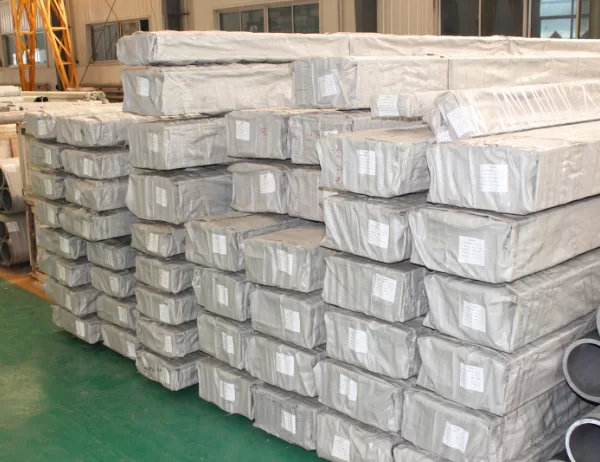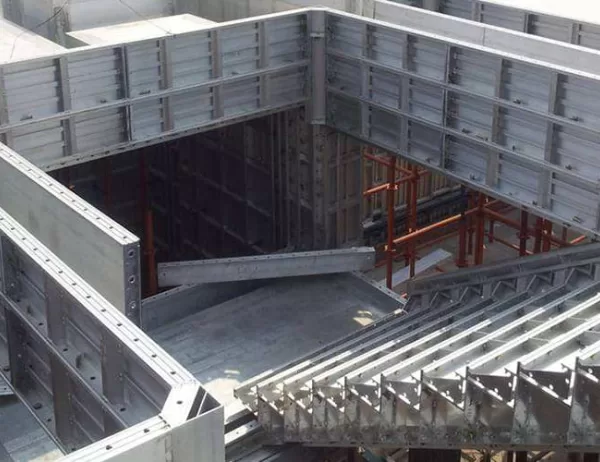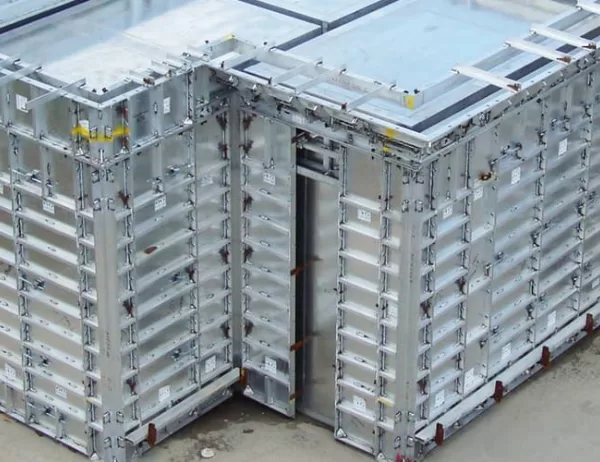Introduction
Aluminum extrusion pipes are essential components in the aerospace industry, offering lightweight, high-strength, and corrosion-resistant solutions for various applications. Extrusion enables the production of complex shapes with consistent dimensions and precise tolerances, making them ideal for aerospace structures, fluid systems, and engine components.
Properties and Advantages
Low Density and High Strength: Aluminum extrusion pipes provide an excellent strength-to-weight ratio, making them suitable for applications where weight reduction is crucial, such as aircraft wings and fuselage.
Corrosion Resistance: Aluminum’s natural oxide layer provides excellent corrosion resistance, reducing maintenance costs and prolonging the lifespan of components in harsh aerospace environments.
Extrusion Flexibility: Extrusion allows for the production of complex shapes and profiles, enabling the integration of multiple features into a single component, reducing assembly time and weight.
Precision Tolerances: Aluminum extrusion pipes are manufactured with precise tolerances, ensuring proper fit and performance in critical aerospace applications.
Cost-Effectiveness: Compared to traditional manufacturing methods, extrusion offers cost-effective production, reducing overall manufacturing costs.
Aerospace Applications
Aircraft Structures
Fuselage: Aluminum extrusion pipes form the backbone of aircraft fuselages, providing structural support and strength.
Wings: Extruded aluminum pipes are used as spars and ribs, distributing loads and providing rigidity to wings.
Control Surfaces: Pipes are used to create leading and trailing edges of control surfaces, such as ailerons, elevators, and rudders.
Fluid Systems
Fuel Lines: Aluminum pipes provide lightweight, corrosion-resistant fuel lines, ensuring fuel delivery and reducing system weight.
Hydraulic Lines: Extruded pipes are used for high-pressure hydraulic systems, transmitting fluid power throughout the aircraft.
Ventilation and Cooling: Aluminum pipes are utilized for air and cooling systems, providing efficient airflow and heat dissipation.
Engine Components
Combustion Chambers: Extruded pipes form the combustion chamber walls, withstand extreme temperatures and pressures.
Turbine Blades: Pipes are used to create turbine blades, which convert combustion gases into rotational force.
Exhaust Systems: Aluminum pipes are incorporated into exhaust systems, directing exhaust gases away from the aircraft.
Conclusion
Aluminum extrusion pipes play a vital role in the aerospace industry, offering lightweight, high-strength, and corrosion-resistant solutions for various applications. From aircraft structures to fluid systems and engine components, extruded aluminum pipes enable advanced aerospace designs, improve performance, and reduce costs. The continued development of extrusion technologies further enhances the capabilities and efficiency of these critical aerospace components.
